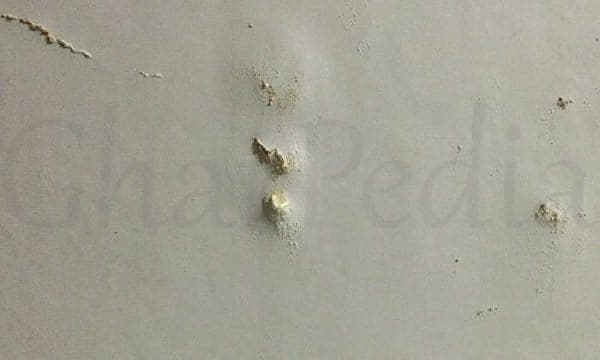
Paint can give the ‘sense of completion’, freshness, newness, especially to those who are constructing their houses. For normal people, paint is the colour of their car, boat or any other object/elements in routine life.
Basically, paint is a liquid material. It is used as the final finish to surface and as a coating to protect or decorate the surface. It is pigmented material that completely covers and hides the surface to which it is applied. After drying, it forms a thin film on painted surface i.e. walls and other components i.e. wood or metal, of the house.
There are several paint defects that are observed after or before the paint application. The paint defects occur due to paint film is subjected to the chemical attack of atmosphere, sunlight, dust, and heat, all deteriorating it.
What is Paint Blistering?
Blistering is one of the several paint defects on the painted surface. Paint blistering is known as the formation of dome-shaped projections in paint or varnish films due to localised loss of adhesion between one or more coatings or between primer and parent surface.
Blistering is the swelling of the paint film caused by moisture or volatile substances (presence of oil or grease on the parent surface) trapped under the paint. This blistering paint may contain liquid, vapour, gas, or crystals.
Following are the main reasons why paint blistering occurs:
- Painting on damp or unseasoned wood
- Painting on knots without prior preparation
- On wet ironwork
- Application of gloss paint over new plaster
- It also occurs in non-porous coatings such as oil-based paints and enamels.
If you are already faced with a paint blistering or bubbling problem, it can be corrected by removing the damaged paint, smoothing the surface and repainting.

































